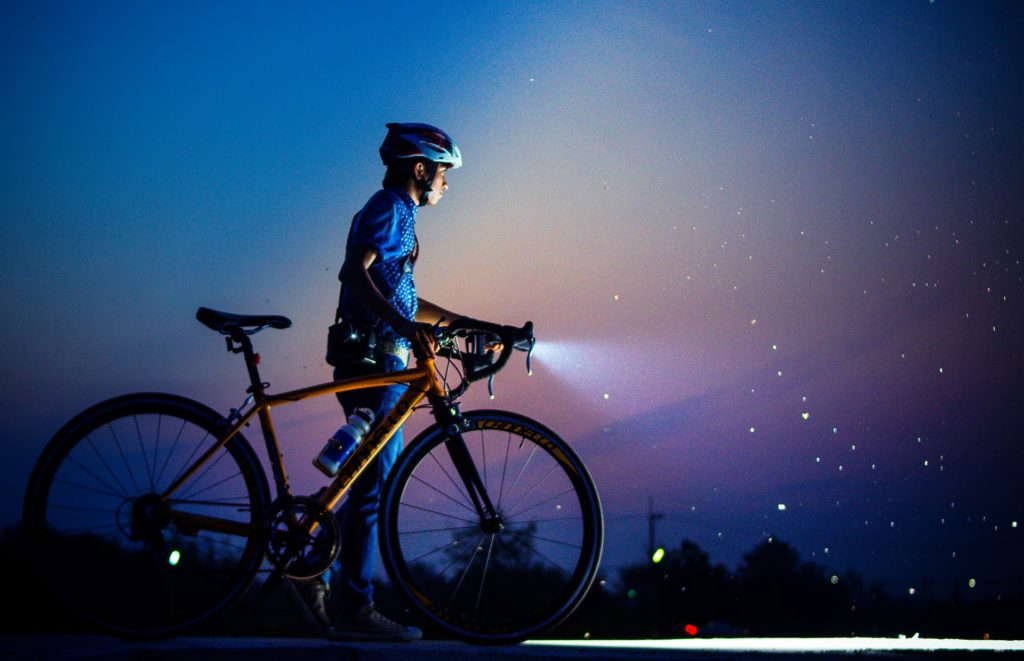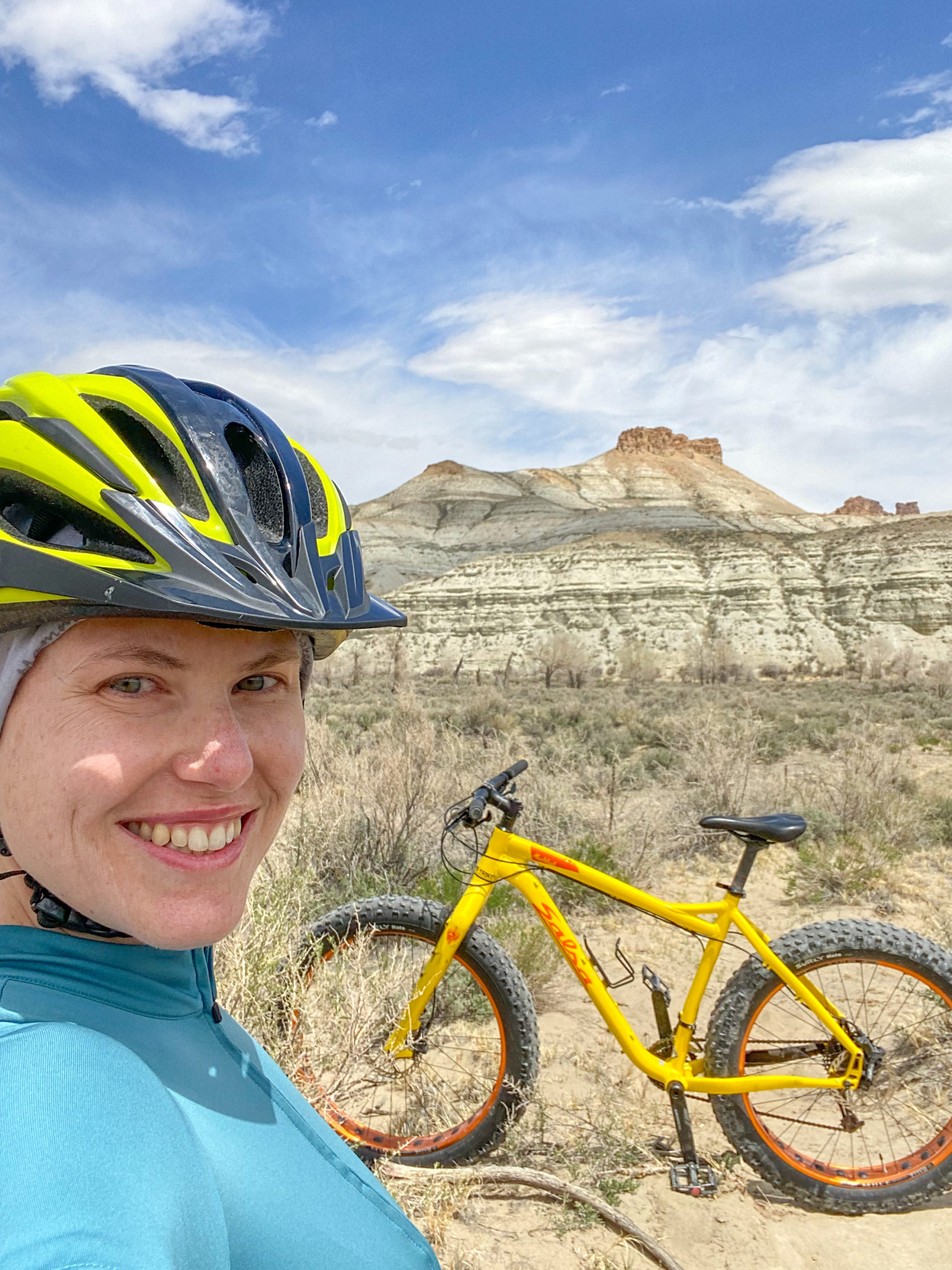Sponsored by
See and Be Seen – Your Guide to Visibility While Riding

The sun is rising later and setting earlier, making visibility even more important out on the roads and trails. Having proper front and rear lights – and making sure they’re fully charged before you head out – is key, but for full coverage, you’ll also want to integrate reflective elements onto your bike and into your wardrobe. Read on to learn how to make sure you can see and be seen while riding in low-light situations.
What to Look For
You want your lights to be securely mounted, easy to use, and water-resistant. While some lights still use AAA batteries, most use a USB charger and, ideally, your light will have a battery indicator to alert you before it dies.
Most front and rear lights mount onto the handlebars and seat post but some can be mounted onto the top of a helmet (most appropriate for mountain bikers), attached to wheel spokes, or clipped onto a jersey pocket or bag. Before choosing lights, consider how, when, and where you’d use the lights. If you’d want to use the same lights across different bikes, go with a light that’s easy to remove and attach, like these wrap-around front and rear lights from Cygolite.
Front and Rear Lights
If you’re mostly riding to and from the office around dusk and dawn, a set of flashing lights (like these day lights from Bontrager) should do the trick. If you’ll be riding after dark, however, you’ll want to invest in more powerful lights (like this Bontrager light set) that will alert drivers to your presence.
Not only do front lights help oncoming drivers (and other riders) see you, but they illuminate the path and help you avoid glass, potholes, debris, or slippery ice patches. Be sure that the light is level and angling straight ahead so that it’s high enough for drivers to see the light but low enough that the ground is also illuminated.
Front lights come with different settings and most lights will allow you to adjust the level of brilliance (just because a light can be super bright doesn’t mean it has to be) and choose between constant or flashing light modes. A certain amount of personal preference is involved when choosing the desired flash speed and level of brilliance, but personally, I prefer lights that have a simultaneous flash and constant light feature so the flashing light catches the attention of drivers while the constant light consistently illuminates the path.
Rear lights are just as important as – if not more important than – front lights when riding in low-light situations, be it on a dark country road or on a packed city street. Having both front and rear lights is best (and there’s typically a discount when front and rear lights are purchased as a set) but if your budget forces you to choose between the two, go with a rear light. You could also go with the Specialized Stix Switch, which allows you to alternate between red and white lights with the touch of a button. Both front and rear lights can also be easily stolen so if you plan to leave your bike outside, be sure to remove them before locking up.
Increasing Visibility Through Reflection
While you could add flashing spokes to your wheels to make your bike more noticeable – and more fun! – a (literally) less flashy option would be to add reflective elements to your ride. Pedal reflectors are a good start but for even more visibility, reflective stickers could be attached to your bike’s frame and/or onto your helmet so drivers can spot you from all angles.
Wearing reflective clothing and/or using reflective straps that wrap around your arm or leg is another option. Most cycling companies have reflective strips on some of their jerseys, jackets, pants, bibs, shoes, and/or arm sleeves so go with whatever style catches your eye and is in your budget. Given the cold days ahead, the Gore Tempest Jacket is a great option to stay warm, dry, and visible at night. For those extra cold mornings and evenings, Bontrager visibility thermal arm warmers and leg warmers can be worn as the temperature (and your body) heat up then easily removed and stashed in a jersey pocket or saddle bag.











